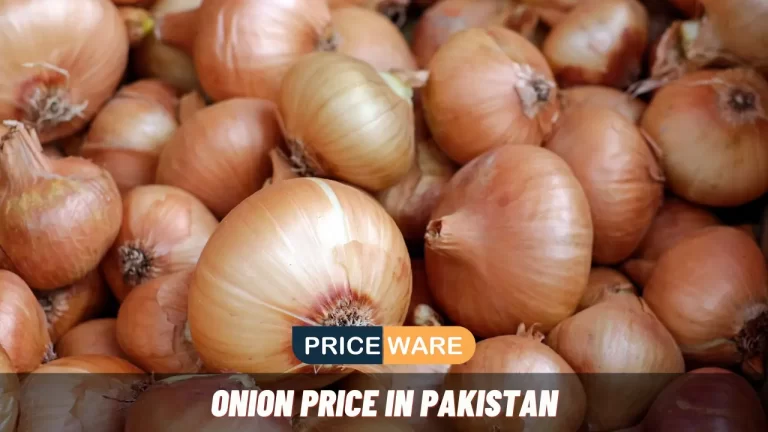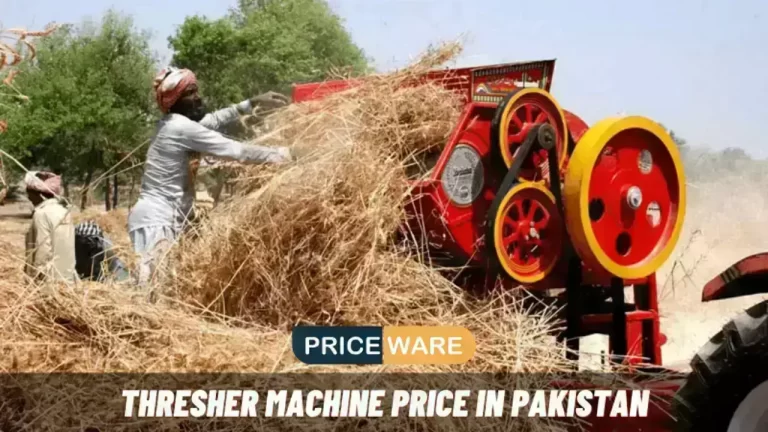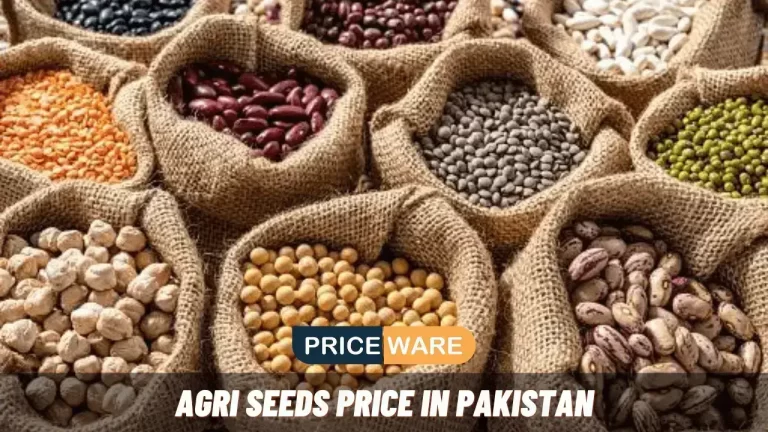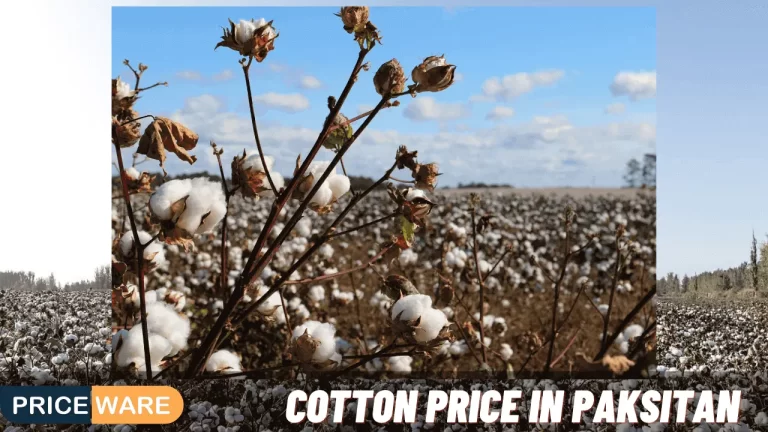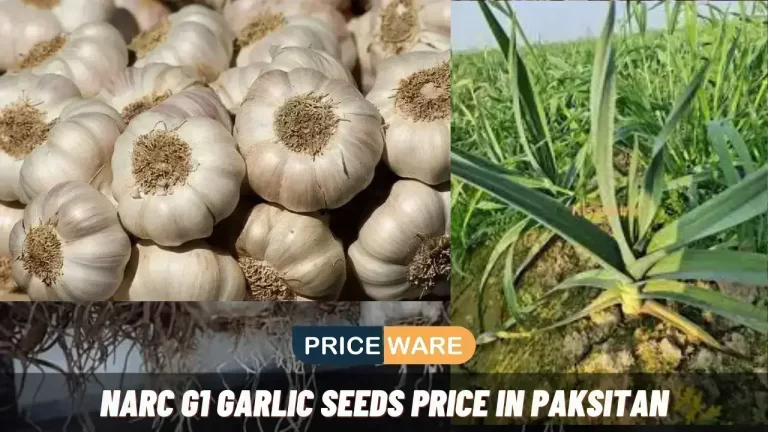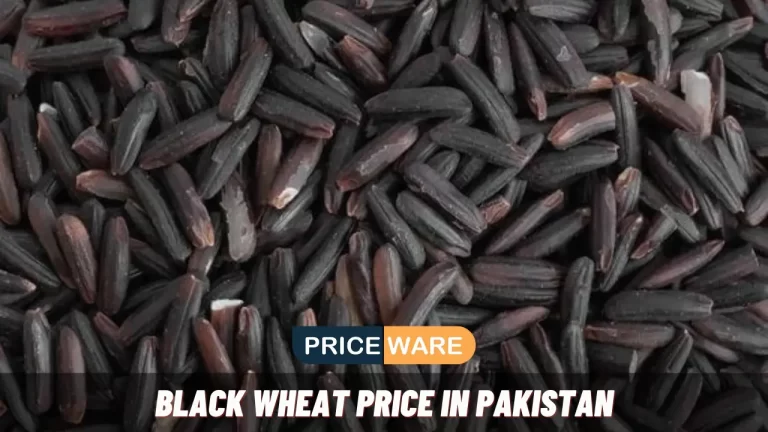Bajra Rate Today in Pakistan 2024 | Pearl Millet Bajra Prices
Bajra (also referred to as pearl millet) is a nutritious and drought-resistant grain widely cultivated across Pakistan. Bajra serves as an important staple food source in rural regions. Prices of agricultural commodities, including bajra, vary based on season, demand, and supply in different markets across Pakistan. We will examine current rates in 2024 by providing information regarding average prices per quantity. As well as factors influencing the Bajra rate today in Pakistan.
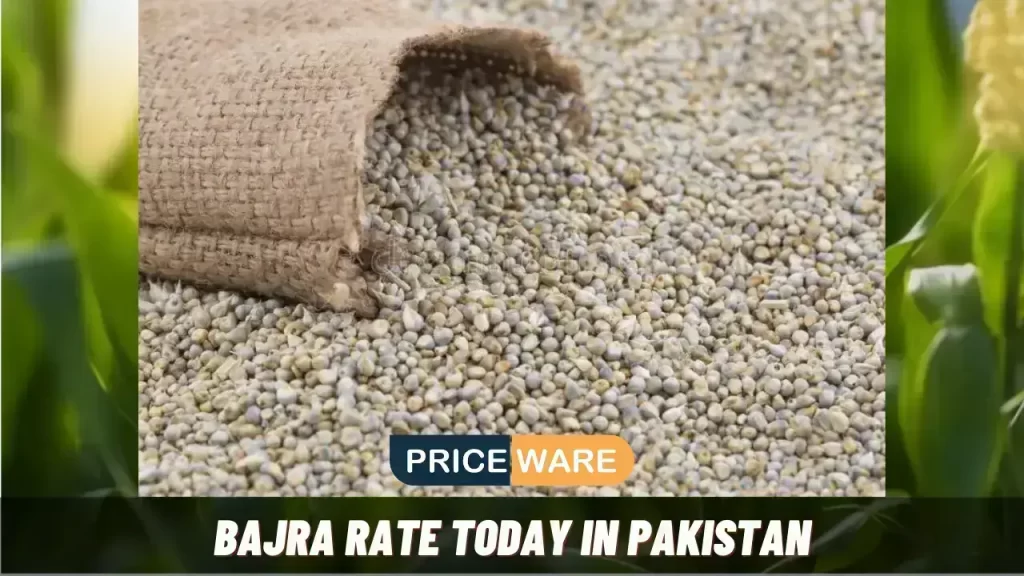
Bajra Rate Today in Pakistan in 2024
Bajra prices vary in Pakistan depending on factors like season, region, and availability. As of 2024, an average of 1 kg of bajra costs 90 to 110 rupees while 40 KG Prices between Rs 2,850-3.075. One 100 kg typically ranges between 7000-9500.
1 KG Bajra Rate:
| Bajra | Minimum Rate | Maximum Rate |
|---|---|---|
| 1 KG Bajra | Rs. 90 | Rs. 110 |
40 KG Bag Prices in Different Cities:
| City | Weight | Prices |
|---|---|---|
| Sargodha Ghalla Mandi Rate | 40 Kg | Rs. 3065 |
| Rawalpindi Ghalla Mandi Rate | 40 Kg | Rs. 3075 |
| Faisalabad Ghalla Mandi Rate | 40 Kg | Rs. 3050 |
| Multan Ghala Mandi Rate | 40 Kg | Rs. 3050 |
| Lala Musa Line Ghala Mandi Rate | 40 Kg | Rs. 2865 |
| Hyderabad Ghalla Mandi Rate | 100 Kg | Rs. 7750 to Rs. 8000 |
| Karachi Ghalla Mandi Rate | 100 Kg | Rs. 7800 to Rs. 8000 |
100 KG Bag Prices Across Different Cities:
| City | Weight | Minimum Rate | Maximum Rate |
|---|---|---|---|
| DGKHAN | 100kg | Rs. 9000 | Rs. 9500 |
| Kalurkot | 100kg | Rs. 8000 | Rs. 9000 |
| Multan | 100kg | Rs. 9000 | Rs. 9250 |
| Rawalpindi | 100kg | Rs. 8000 | Rs. 9200 |
| Jauharabad | 100kg | Rs. 8400 | Rs. 8500 |
| Bhakhar | 100kg | Rs. 8500 | Rs. 9000 |
| Mianwali | 100kg | Rs. 7400 | Rs. 7600 |
| ArifWala | 100kg | Rs. 7000 | Rs. 7750 |
| Faisalabad | 100kg | Rs. 9000 | Rs. 9500 |
| Gujrat | 100kg | Rs. 8800 | Rs. 9200 |
| LalaMusa | 100kg | Rs. 8600 | Rs. 8800 |
| Layyah | 100kg | Rs. 9100 | Rs. 9500 |
| Okara | 100kg | Rs. 8075 | Rs. 8575 |
Read Related Articles:
NARC G1 Garlic Seeds Price in Pakistan
Cotton Price in Pakistan Today
Types of Bajra in Pakistan
Bajra is an exceptionally versatile grain with many unique varieties cultivated across Pakistan. Each variety boasts distinct properties that make it suitable for different culinary and agricultural uses; let’s explore all of them now:
Desi Bajra:
Desi Bajra stands out as one of Pakistan’s most widely grown varieties, known for its dark brown color and culinary applications – most frequently for making traditional bread and dishes passed down through generations. It is widely valued for this use.
Hybrid Bajra:
Hybrid Bajra stands as an impressive innovation in agricultural practices. A product of crossbreeding, this variety has been carefully nurtured over generations to maximize grain quality and overall yield while farmers favor its inherent resistance to diseases as they reap an abundant harvest.
Barri Bajra:
Thriving in Pakistan’s arid regions, particularly in Balochistan province, this staple food has established itself. Taken as part of making delicious rustic and delectable rotis that many enjoy eating, Barri Bajra stands out as an important and valued part of daily life in Balochistan province.
Mongra Bajra:
This variety is distinguished by its distinctively long grains. A popular staple in Punjab province, Mongra Bajra has long been prized as an ingredient used in creating traditional rotis and dishes that hold special significance in local cuisine.
Bajra:
Bajri has become increasingly popular as an animal feed. Its high nutritional value makes it the go-to choice for feeding cows, buffaloes, goats, and birds alike – its rich nutrients ensure optimal growth and productivity among livestock and poultry populations alike.
From delicious Bajra Rotis in your kitchen to providing nourishment to livestock, Pakistan’s abundant supply of Bajra enriches lives in numerous ways.
Factors Affecting Bajra Prices
Numerous factors influence fluctuations in bajra rate today in Pakistan:
- Seasonal Variations: Bajra is a seasonal crop and its prices can fluctuate as supply varies during planting and harvesting times.
- Demand and Supply: Increasing demand for bajra during festive seasons or in regions where it is a staple food can affect its prices, while shortages due to adverse weather can increase them further.
- Transportation Costs: Transportation expenses between mandis and different regions can have an impactful effect on the final retail prices of bajra.
- Government Policies: Government policies and subsidies for farmers may also have an impactful on bajra prices.
- Global Market: International demand and prices can have an indirect effect on local bajra rates.
Understanding the Bajra Market
Pakistan’s bajra market operates through agricultural mandis, where farmers bring their produce for sale, and wholesalers/retailers can connect. These mandis act as crucial trading hubs, connecting farmers directly with wholesalers/retailers.
Farmers must sell bajra at the right time to maximize profits by monitoring market rates and making informed decisions. Buyers, like traders and retailers, should assess quality and prevailing rates to purchase bajra at competitive prices.
Read Related Articles:
Tractor Tyre Prices in Pakistan
Conclusion: Bajra ate Today in Pakistan
Bajra (pearl millet) plays an indispensable role in Pakistan’s agricultural landscape, providing sustenance for many communities throughout the nation. Prices fluctuate based on various factors that dictate the supply and demand balance in an ever-evolving agricultural market. So farmers, traders, and consumers must remain abreast of current rates and factors impacting bajra prices to make informed decisions in this market.
Frequently Asked Questions (FAQs)
Bajra is well-suited for cultivation in arid and drought-prone regions, making it a viable crop in various parts of Pakistan.
The government of Pakistan may provide subsidies or support programs for crops, including bajra, to incentivize farming.
Yes, bajra is a nutritious grain and can be used for human consumption in various forms, including flour, porridge, and traditional dishes.
Yes, different bajra varieties are cultivated in Pakistan, with each region having its preferred types based on climate and local preferences.
Farmers can adopt sustainable agricultural practices, use appropriate irrigation techniques, and rely on weather forecasts to mitigate weather-related risks during bajra cultivation.

